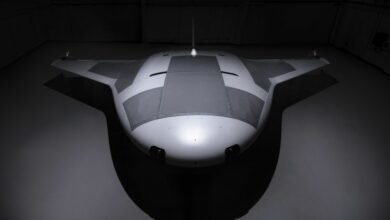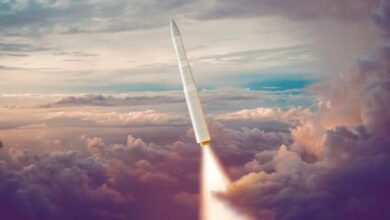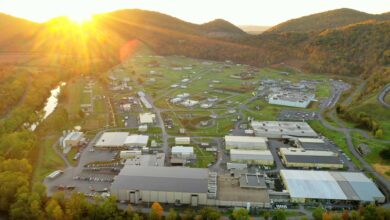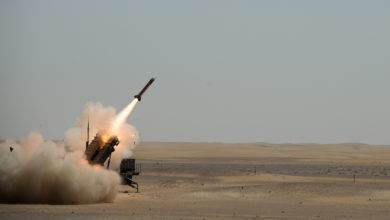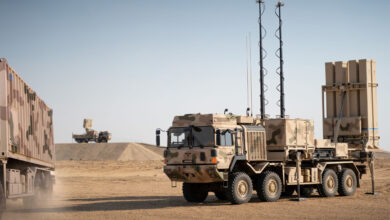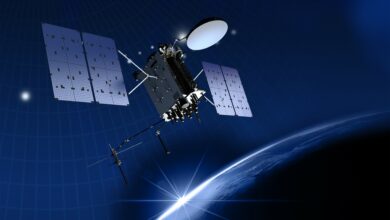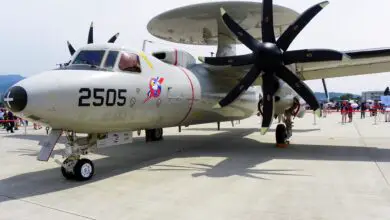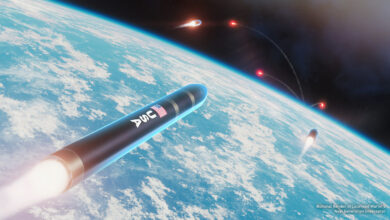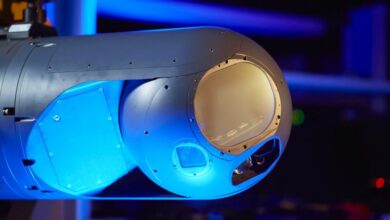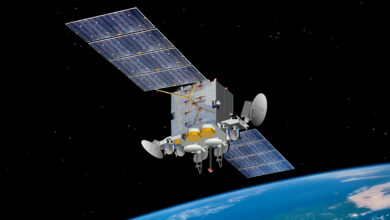Northrop Grumman and Mitsubishi Electric have agreed to jointly develop technologies to boost Japan’s air and missile defense capabilities.
The team will explore the integration of proprietary solutions that will streamline the sharing of target information across the country’s ground-based systems.
This strategic partnership is expected to amplify interoperability, situational awareness, and resource management of the joint forces.
Integrated Battle Command System
Among potential platforms to be delivered is the Integrated Battle Command System (IBCS), which is simultaneously being developed and fielded for the US Army.
The IBCS serves as a “fundamental element“ that combines control over legacy and advanced tactical assets.
The system’s design incorporates open and scalable architecture to support the management of different capabilities and next-generation sensing technologies for a “single, actionable picture” of the battlefield, enabling fast and detailed decision-making to optimize firepower.

“The Japan Ministry of Defense (JMOD) is accelerating integrated air and missile defense by prioritizing investments in operationally resilient systems and exploring the advantages of networking systems to facilitate fire control,” Northrop Grumman Combat Systems VP Rebecca Torzone stated.
“Today’s agreement with Mitsubishi Electric signifies a renewed collaborative relationship combining Northrop Grumman’s proven integrated air and missile defense capabilities with Japanese defense expertise to accelerate innovation, in alignment with JMOD’s priorities.”
Japan’s Latest Air and Missile Defense Efforts
Japan signed a foreign military sale this January to buy 400 long-range Tomahawk missiles from the US.
Last month, Tokyo increased its defense budget to $56 billion for the 2024 fiscal year. Spending will include the reinforcement of air defense, hypersonic missiles, stealth fighters, and American weapons in response to ongoing regional tensions.
In October, the Japan Maritime Self-Defense Force conducted the first shipboard firing demonstration of its future railgun counter-hypersonic weapon.
Meanwhile, the Japanese defense ministry announced in 2023 that it would replace several attack, anti-tank, and surveillance helicopters with unmanned aerial platforms. The country also requested the procurement of Advanced Medium-Range Air-to-Air Missiles and Sidewinder missiles from Washington.
In 2022, Tokyo said it plans to invest $37 billion over five years to acquire counter-strike systems against missile threats.
The same year, the government announced possible upgrades to its Patriot missile system radar to match enemy hypersonic capabilities and the potential deployment of kamikaze drones for improved island defense.


